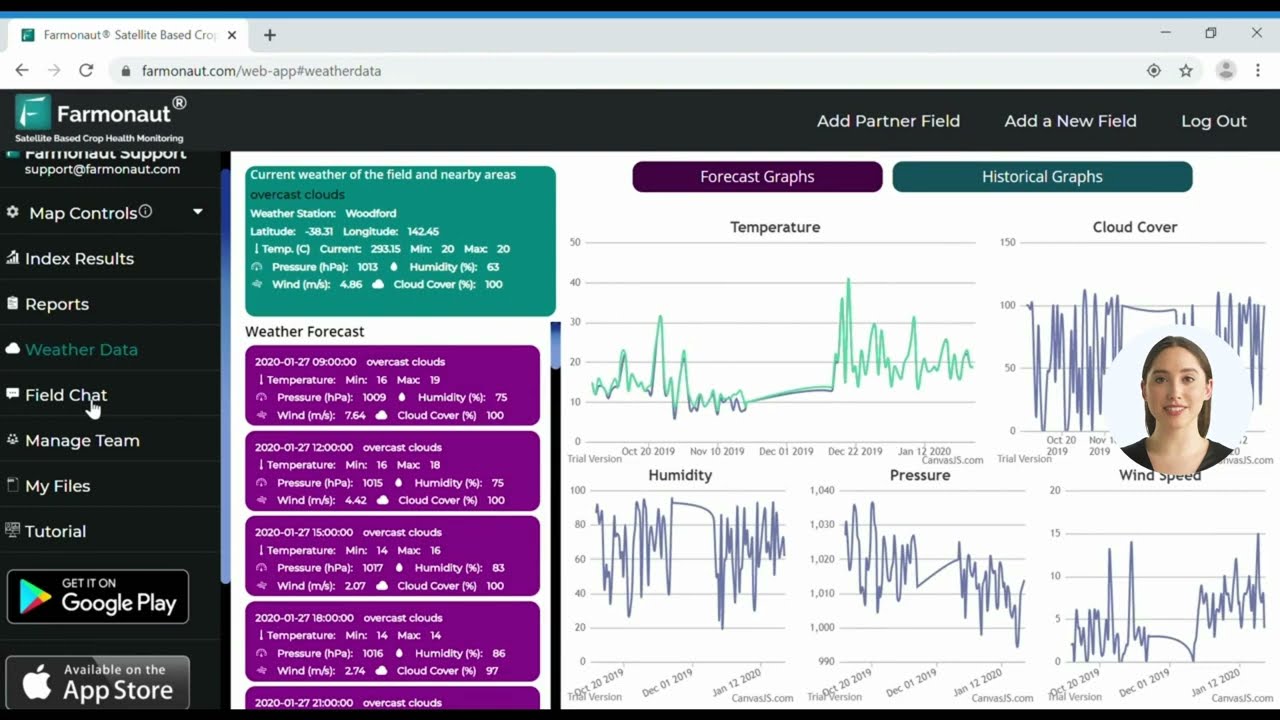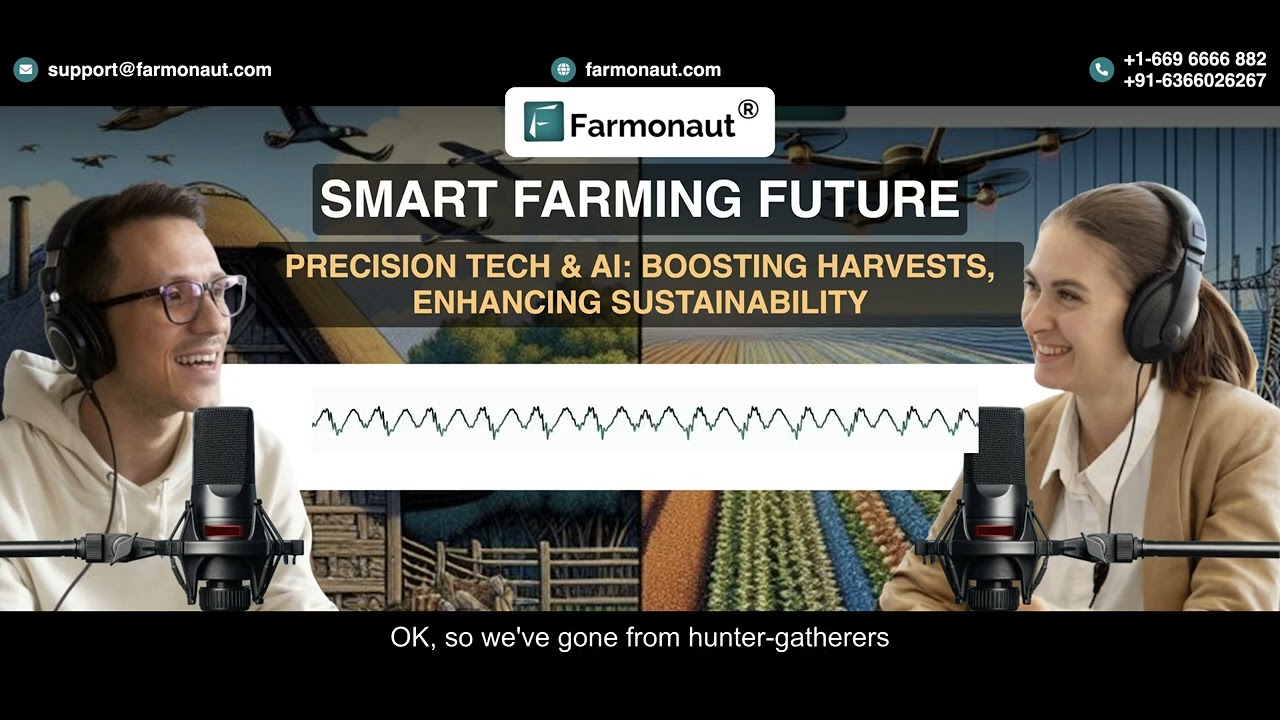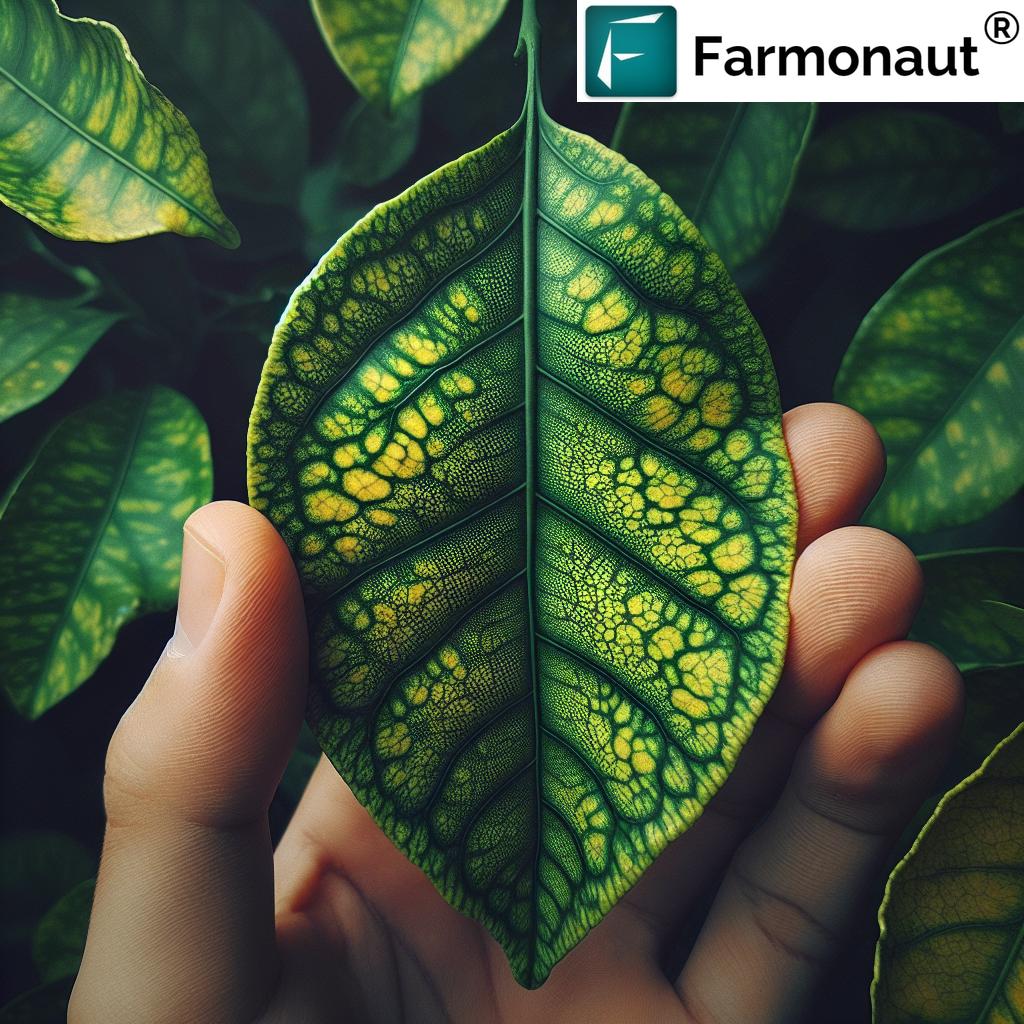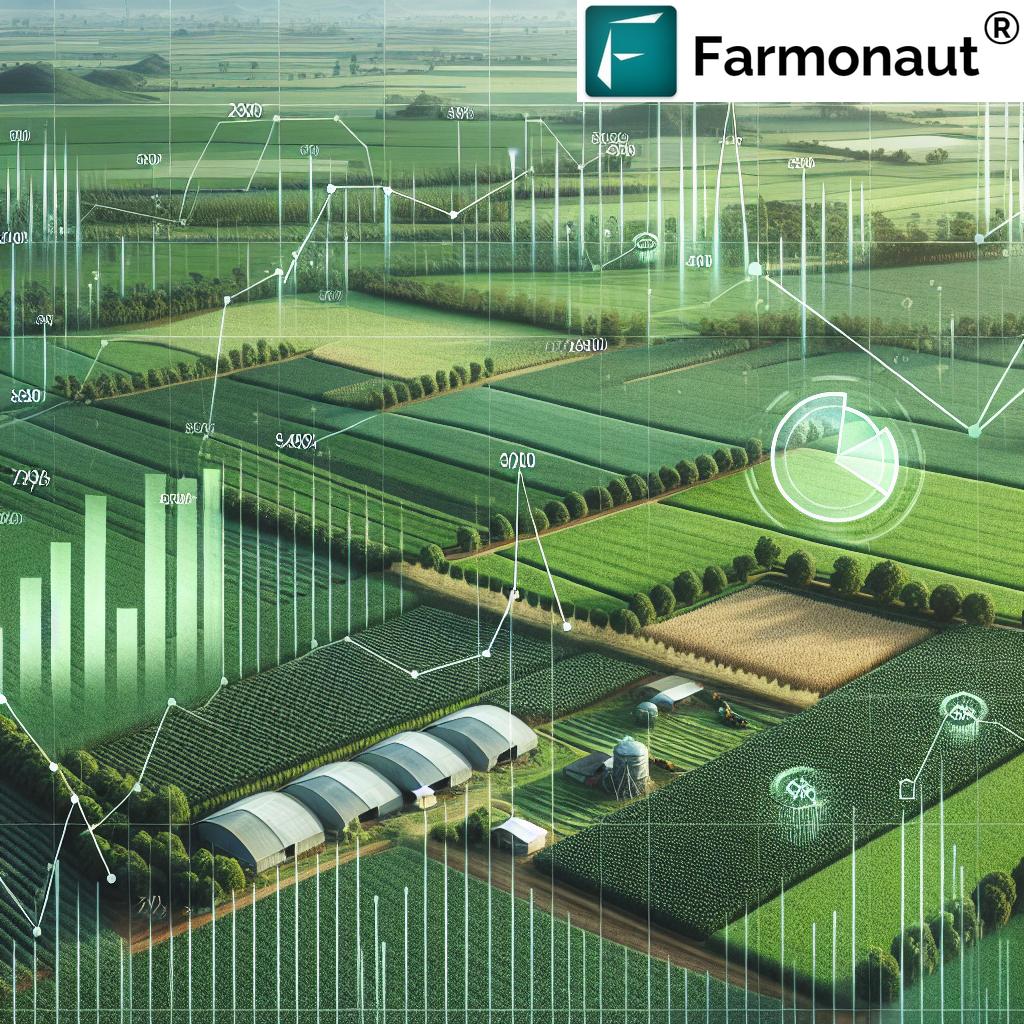Hydroponic Vertical Farming & Drip Hydro Trends 2026: The Future of High-Yield Sustainable Agriculture
“By 2026, hydroponic vertical farming is projected to achieve crop yields up to 30% higher than conventional farming methods.”
Introduction: Hydroponic Farming in 2025 & Beyond
Hydroponic vertical farming and drip hydroponic systems are revolutionizing the global landscape of agriculture as the world enters 2025 and prepares for 2026. Increasing urbanization, climate change challenges, rising food demand, and a need for sustainable efficient solutions have paved the way for this innovative approach to farming.
These advanced technologies optimize resource use, maximize yields, and minimize environmental impact. With hydroponic techniques, plants are typically grown soilless, receiving their nutrients directly through water-based systems, offering new ways to provide fresh produce in both urban and resource-constrained environments.
In this comprehensive guide, we explore what hydroponic vertical farming and drip hydro are, analyze trends for 2026, discuss leading hydroponic farming equipment, and introduce the advanced data-driven technologies (like those offered by Farmonaut) that are shaping the future of agro farming worldwide.
What is Hydroponic Farming?
Hydroponic farming is a soilless cultivation technique where plants grow directly in a nutrient-rich water solution. This method entirely eliminates the need for traditional soil, bypassing common soil challenges like pests, diseases, and nutrient depletion.
By delivering essential minerals and nutrients via water, hydroponics enables remarkable control over the growth environment and encourages much faster and healthier crop production.
Key Principles of Hydroponics
- Soil-free, soilless cultivation
- Plants obtain nutrients and minerals directly from water-based solutions
- Flexible systems: can be simple setups for beginners or sophisticated vertical farms for commercial scale
- Consistently controlled conditions for optimal growth (light, water, pH, EC, temperature, nutrients)
Hydroponic approaches are gaining significant traction because they optimize resource use, maximize yields, and can be applied within urban, indoor, rooftop, and even desert environments.
A Snapshot of Hydroponic Systems
- Drip Hydroponics (drip hydro): delivers nutrients precisely to the plant roots
- Nutrient Film Technique (NFT): a thin film of nutrient solution flows over roots
- Deep Water Culture (DWC): roots suspended in oxygen-rich, nutrient-dense water
- Aeroponics: roots suspended and misted with nutrients
- Vertical Hydroponics: plants stacked vertically to maximize yield per square meter
Core Systems: Hydroponic Vertical Farming & Drip Hydroponics
The two front-runners in hydro farming advancing modern agro farming in 2025–2026 are hydroponic vertical farming and drip hydro systems.
1. Drip Hydroponics Systems
- Drip hydroponics employs a drip irrigation mechanism to deliver nutrient solutions directly to the base of each plant’s roots.
- This system is highly precise, reducing wastage of both water and nutrients, and ensuring optimal growth conditions for each crop.
- Ideal for commercial, household, and urban farming.
- Crops Suited: A wide variety including leafy greens, tomatoes, peppers, herbs, and even strawberries.
- Benefits:
- Accurate supply of nutrients = faster growth & higher yields
- Reducing water usage significantly (see trivia below!)
- Minimal runoff and wastage
Hydroponic drip hydro is the favorite system for farms aiming to maximize productivity per unit area and reduce resource input.
“Drip hydroponic systems are expected to reduce agricultural water usage by nearly 50% compared to traditional irrigation by 2025.”
2. Hydroponic Vertical Farming Systems
- Hydroponic vertical farming stacks plants vertically on multilayered shelves or towers, multiplying the production area per square meter many times over.
- Integrates LED grow lights, climate control (temperature, CO2, humidity), and monitoring for year-round output irrespective of external weather conditions.
- Particularly advantageous for urban and other settings with limited land availability.
- Supports fresh produce production close to consumers, cutting transportation emissions and associated costs.
- Ideal for:
- Large-scale urban hydroponic farms
- Home gardens & rooftops
- Restaurants and supermarkets seeking direct-to-table freshness
By drastically increasing the yield per area, hydroponic vertical farming is at the forefront of sustainable agriculture in 2026.
Key Differences: Drip Hydro vs. Vertical Hydroponics
| System Type | Layout Approach | Best For | Space Use |
|---|---|---|---|
| Drip Hydroponics | Horizontal & modular, customized for crop | Diverse crops, high-value commercial crops | Good (better than soil) |
| Vertical Hydroponics | Layers/shelves, stacked vertically | Urban/high-density, space-limited environments | Excellent (10x+ soil) |
Popular Crops in Hydroponic Vertical Farming
- Leafy Greens: lettuce, arugula, spinach, kale, bok choy
- Herbs: basil, mint, cilantro, oregano
- Vine Crops: tomatoes, cucumbers, peppers
- Fruit: strawberries, even some dwarf melons
- Microgreens: fast, high-value niche crop
Technologies & Hydroponic Farming Equipment Innovations (2025–2026)
Rapid advances in hydroponic farming equipment are making modern systems both scalable and accessible for commercial and urban growers. Smart automation, real-time monitoring, and eco-efficient design will define the next era. Let’s explore the equipment and digital solutions leading hydro farming’s transformation.
- Smart Nutrient Dosing: Precision-mixing pumps that control nutrient delivery minute-by-minute to optimize plant growth
- Integrated Sensors: Real-time monitors for pH, electrical conductivity (EC), dissolved oxygen, and water temperature
- AI-Powered Environmental Controls: Automated systems for adjusting lights, humidity, & air flow based on plant needs and weather data
-
Modular & Portable Hydroponic Kits:
- Ideal for rooftop, apartment, classroom, or urban environments
- Expandable & easy to assemble/disassemble
-
Advanced Drip and Irrigation Controllers:
- Customizable networks to supply individual plants with the right nutrients
- Reduces waste, saves water, and boosts yields
-
LED Spectral Grow Lights:
- Tailored lighting to maximize photosynthesis in stacked systems
- Reducing energy usage compared to legacy systems
The shift toward automation and digital monitoring means that even sophisticated commercial farms can be operated with minimum labor and maximum efficiency. These innovative systems are the building blocks of sustainable food solutions for 2026 and beyond.
Useful Resource:
Looking to track and manage multiple farm areas, hydroponic greenhouses, or vertical towers at scale? The Farmonaut Large Scale Farm Management solution provides satellite-powered insights and resource optimization without the need for hardware investment.
Hydroponic Farming Equipment: What to Consider
- Scale of your operation (household, urban, commercial, or industrial)
- Preferred system
(- Drip hydroponic for row crops, large fruiting plants
- Vertical hydroponic systems for space-saving and leafy crops
)
- Smart controllers and sensors for automation and cloud-based monitoring
- Reliable LED light spectrum technology for 24/7 cycles
- Energy efficiency and integration with renewable sources (solar panels, etc.)
Key Drivers & Benefits Fueling Adoption in 2026
Why are hydroponic farming, vertical hydroponic systems, and drip hydro trending as the future solution for global food production? Modern agricultural practices embrace these technologies to overcome challenges of traditional soil farming and meet intensifying demand.
Top Hydroponic Benefits
- Up to 90% Less Water Use: Hydroponics recirculate nutrients and minimize water wastage (drip hydro saves water compared to traditional irrigation).
- Higher & Faster Yield: Controlled conditions mean crops mature 25–50% faster with potentially 30% higher yields (see trivia above).
- Reduced Land Use: Hydroponic vertical farming multiplies yields per square meter while helping to preserve forests and natural ecosystems.
- Year-Round Consistency: Controlled environments allow production 24/7, regardless of external weather or land limitations.
- Minimal Pesticides: Soil-less environments drastically reduce pests and pathogens, lowering pesticide and herbicide use.
- Localized Urban Production: Grows fresh produce close to consumers in urban settings, cutting transportation emissions.
- Resilience to Climate Disruption: Not reliant on external rainfall, seasons, temperature – critical in an era of climate change.
Fact: By 2026, it’s projected that more than 20% of new urban agricultural developments will be based on hydroponic vertical farming, with drip hydro becoming the default choice for indoor and greenhouse operations worldwide.
Climate regulations are increasingly demanding that agricultural operations track and minimize their carbon impact. For agri-businesses seeking compliance and lower emissions, Farmonaut’s Carbon Footprinting platform enables real-time satellite-backed analysis and reduction strategies for sustainable hydroponic and vertical farming operations.
Comparative Trends & Key Technologies Table (2025–2026)
Compare leading hydroponic systems and their estimated impact on yield, water savings, investment, and adoption rates for 2025–2026.
| Technology/System | Estimated Yield Increase (%) | Estimated Water Savings (%) | Initial Investment (USD, estimated range) | Space Utilization Efficiency (%) | Commercial Adoption Rate (2025–2026, %) |
|---|---|---|---|---|---|
| Drip Hydroponic System | 25–40 | 45–55 | $3,000–$20,000 (commercial) | 80–90 | 32 |
| Vertical Hydroponic (Stacked NFT) | 28–35 | 80–93 | $5,000–$40,000 (commercial) | 95–98 | 38 |
| Aeroponics Vertical Farms | 27–36 | 95 | $8,000–$50,000 | 98–99 | 17 |
| Deep Water Culture (DWC) | 18–24 | 80 | $2,000–$10,000 | 75–80 | 21 |
| Traditional Soil (Greenhouse) | Baseline (0) | 0 | $1,000–$12,000 | 50–65 | 64 |
* Note: Initial investment varies widely depending on scale, automation level, and local costs. All data are industry estimates for 2025–2026.
Interested in tracking your crops’ health using satellite, AI, and environmental monitoring? Explore the Farmonaut Product Traceability system for maximizing transparency and trust—essential for modern commercial operations and compliance with future food regulations.
Farmonaut’s Role: Satellite-Powered Agro Farming for the Hydroponics Revolution
As hydroponic vertical farming and drip hydro scale globally, real-time data and intelligent monitoring have never been more important. That’s where we, at Farmonaut, make an impact with our advanced satellite technology platform for farming.
- Satellite Crop Monitoring: We provide near real-time insights on crop health, stress, NDVI, and soil conditions via multispectral data, optimizing hydroponic farm management at any scale.
- Jeevn AI Advisory System: Our AI platform delivers weather forecasts and instant recommendations based on satellite data—helping hydroponic and vertical farm operators plan efficiently and prevent losses.
- Blockchain for Traceability: With secure, blockchain-based traceability, we empower transparent supply chains for hydroponically grown produce. (Enables food safety and certification.)
-
Environmental Impact Monitoring: Track carbon footprint and sustainability metrics for compliance and eco-friendly branding.
(Learn more) - Fleet & Resource Management: For large hydroponic farms automating irrigation or product delivery fleets, our Fleet Management solutions boost efficiency and lower logistics costs through actionable satellite intelligence.
- API Integration: We offer a robust API for seamless integration of satellite-driven insights into your custom farm management platforms or ERP tools. See Developer Documentation.

Why Satellite & AI Matter for Hydroponic Farms
- Monitor progress in real-time for remote or multi-location vertical farms
- Identify stress before visible symptoms—proactive disease, pest, or nutritional interventions
- Support sustainable hydroponic farm production with environmental data
- Assist in insurance, finance, and regulatory compliance for commercial facilities (Read about satellite-based crop insurance/loan verification)
Whether for agro farming, urban vertical setups, or large-scale hydroponic greenhouses, our mission is to offer affordable access to satellite-powered insights—helping the world’s food systems remain resilient, sustainable, and data-driven as we move into 2026 and beyond.
Get started: Insights are available on Android, iOS, web, and via API—suitable for both individual operators and large agri-enterprises!
Challenges & Future Perspectives in Hydroponic Vertical Farming
Key Challenges to Overcome
- Initial Investment: Setting up sophisticated hydroponic farming equipment and automation can require significant upfront funds (see technology table above), but cost per unit output usually drops over time.
- Expertise and Skill Gap: Reliance on sensors, nutrient dosing systems, and technical troubleshooting can intimidate new growers—highlighting the need for robust digital advisory solutions and training.
- Energy Requirements: High-density LED lighting and active climate control may raise overall energy demand—though pairing with renewables (solar) and efficient design is rapidly improving the sector’s carbon profile.
- Market Access & Perception: While consumer demand for “clean, local” hydroponically grown produce is increasing, traditional markets sometimes undervalue soilless veggies or treat them differently in regulations.
- Supply Chain (Traceability): Ensuring that consumers and buyers can trust the provenance, quality, and safety of hydroponic produce requires transparent tracking and certification systems.
Future Outlook: Hydroponics in 2026 & Beyond
- Automation & AI: Expect even greater use of AI-powered crop prediction, robot-assisted farming, and automated quality control in both urban and commercial farms.
- Modular Urban Farms: Scalable hydroponic modules will dominate rooftops, greenhouses, and even vertical indoor “mini-farms” in grocery stores and apartments.
- Hybrid Energy Integration: Pairing vertical hydroponic farms with on-site solar panels and power storage to further reduce carbon impact.
- Global Expansion: Dramatic growth in hydroponic production is expected in the Middle East, Africa, South and Southeast Asia, North America, and Europe due to land and water constraints.
- Supply Chain Blockchain: Food traceability and transparent certifications will become the norm for major supply chains and urban farm networks.
The stage is set for hydroponics and vertical farming to claim a leading role in sustainable, efficient agro farming—addressing urban food security and boosting fresh produce availability for millions globally by 2026.
Frequently Asked Questions (FAQs)
What is hydroponic farming and how does it differ from traditional soil farming?
Hydroponic farming is a soilless cultivation technique where plants grow in a nutrient-rich water solution instead of soil. Unlike traditional farming, hydroponics offers precise control over nutrients, water, and environmental conditions, resulting in faster growth, higher yields, and reduced pest and disease risks.
What are the main benefits of hydroponic vertical farming?
Hydroponic vertical farming drastically increases space utilization, allows for year-round production regardless of weather, drastically reduces water usage, eliminates the need for pesticides, and minimizes transportation emissions by enabling fresh produce to be grown close to urban consumers.
Which crops are best suited for drip hydroponics and vertical hydroponics?
Leafy greens (lettuce, arugula, kale), herbs (basil, mint), vine crops (tomatoes, peppers, cucumbers), strawberries, and microgreens are all ideal for both drip and vertical hydroponic systems.
Do I need expensive equipment to get started?
No, hydroponic farming equipment ranges from affordable home starter kits and modular setups to advanced automated commercial installations. For larger facilities, investment is higher but compensated by water, space, and yield efficiencies.
How do I monitor and manage a hydroponic farm at scale?
Modern hydroponic farms use digital sensors, smart irrigation controllers, and, increasingly, satellite- and AI-powered platforms (such as Farmonaut) for real-time monitoring, advisories, and resource management. Data-driven insights help optimize every aspect of production.
How does hydroponics address climate and environmental challenges?
Hydroponic and vertical farming minimize land use, reduce deforestation and water usage by up to 90%, eliminate most pest-control chemicals, and can be powered by renewables for a lower carbon footprint. These features help meet the environmental challenges of the 2025–2026 era.
Can hydroponic farms access loans or insurance?
Yes! Satellite-driven platforms, like Farmonaut’s Crop Loan and Insurance Verification, provide secure, data-backed proof of crop health and area, which is essential for financial institutions offering loans and insurance to hydroponic and vertical farming operations.
How is traceability maintained in hydroponic supply chains?
Blockchain-based platforms, such as Farmonaut Traceability, secure data at every stage of the hydroponic produce journey—from planting to harvest to distribution, ensuring food safety, compliance, and buyer confidence.
Farmonaut Subscription Pricing
Ready to bring satellite intelligence and AI-powered monitoring to your hydroponic, vertical, or drip agro farming operation? Explore our flexible subscription plans below!
Conclusion: Hydroponic Vertical Farming & Drip Hydro in 2026—Revolutionizing the Future of Global Agriculture
As 2026 approaches, hydroponic vertical farming and drip hydroponics stand at the heart of a transformative shift in the way we produce food sustainably and efficiently. Their capacity to optimize resource use, maximize yields, reduce environmental impact, and provide fresh produce in urban environments is unmatched in today’s agricultural landscape.
The future belongs to farming solutions that integrate cutting-edge technology—like real-time satellite monitoring, AI-driven advisories, blockchain traceability, and automated resource management—to address the world’s toughest food security and environmental challenges. We, at Farmonaut, remain committed to making these technologies accessible, scalable, and impactful for every farmer, agri-business, and urban grower.
Now is the time to embrace hydroponic farming, hydroponic vertical farming, and drip hydro—innovative systems that are rapidly redefining what’s possible in sustainable agriculture and helping secure a healthy, resilient food system for generations to come.
Maximize growth. Minimize impact. The future is hydroponic, vertical, and data-powered.

















